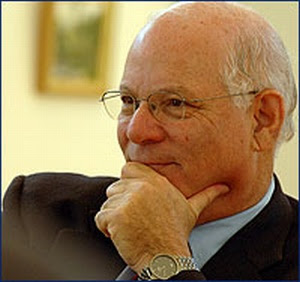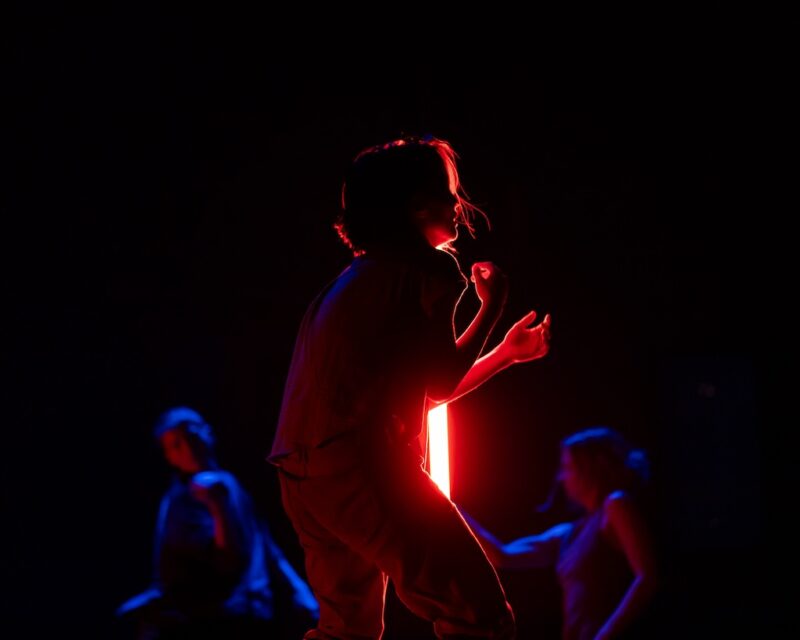Thank you for writing to me regarding the Shawn Bentley Orphan Works Act of 2008 (S. 2913).
“Orphan Works” are copyrighted works whose owners are difficult or impossible to identify and/or locate. Consequently, many copyrighted works that are, in fact, abandoned by owners are never used because their owners cannot be found. In practical terms what this means is that a family cannot restore wedding photographs of their grandparents, if they cannot locate the original photographer to obtain permission to use the copyrighted work; a library cannot display letters written by American soldiers during World War II, if the library is unable to contact the soldiers or their descendents; and a museum cannot restore or exhibit old reels of film, photograph, or lithograph, if they cannot determine the studio of origin or the photographer or artist that produced the work.
Consequently, such works that are part of our rich national heritage are never exhibited. It was with this in mind that Senators Leahy and Hatch asked the Copyright Office (CRO) to examine this issue and prepare a report. According to CRO, there is a virtual treasure of history locked in cultural institution throughout the United States and no market to publish or exhibit such material because of the orphaned status of such work. On April 24, 2008, Senator Leahy and Senator Hatch introduced S . 2913. Under this bill, potential users may use an orphan work if they conduct and document a diligent search but were unable to locate the copyright owner of the work for permission. On May 15, 2008, the Senate Judiciary Committee adopted a substitute to the original bill and passed the bill out of committee . The substitute reflects many changes. It modified the best practices requirement to clarify the Copyright Office’s role in implementing them and it made minimum search requirements clear. Additionally, the substitute changed the visual works database certification requirement and placed databases of visual works in best practices.
The Shawn Bentley Orphan Works Act seeks to unite users and copyright owners at a basic level. It does not create any orphans, and it does not create a license to infringe. The Act creates a mechanism for users to employ orphan works, and for owners to be compensated for works not currently in use.
Again, thank you for writing to me regarding this important legislation. If I can be of any further assistance, please do not hesitate to contact me in the future.




